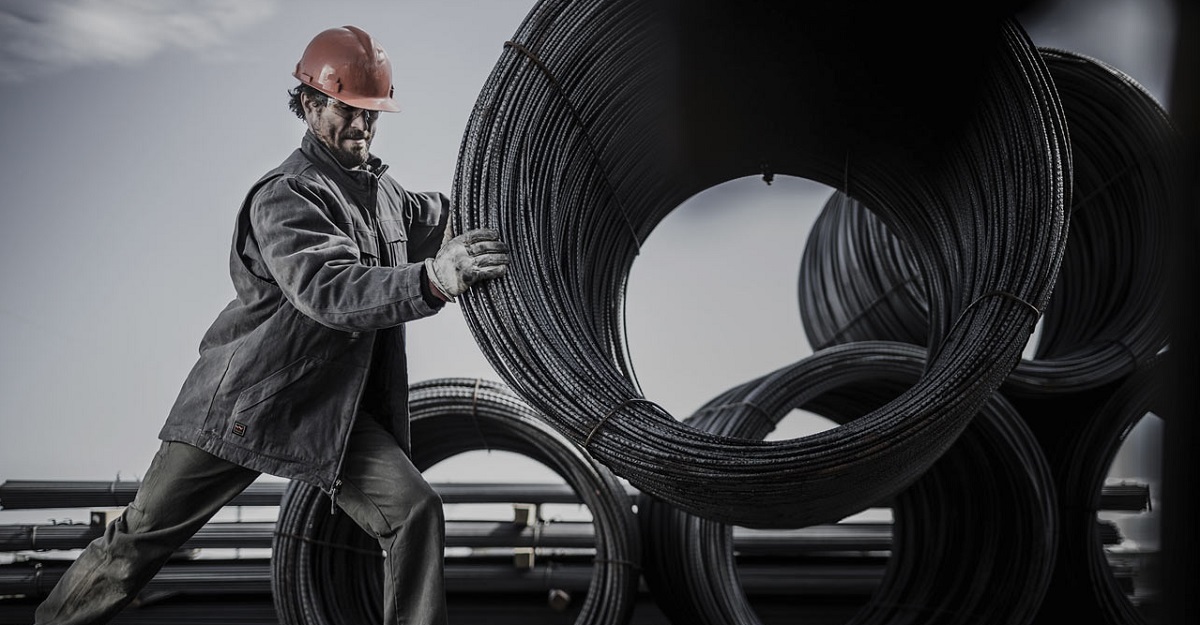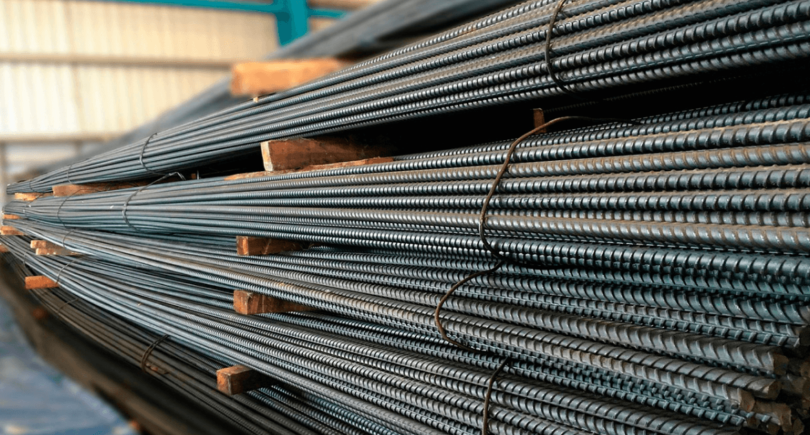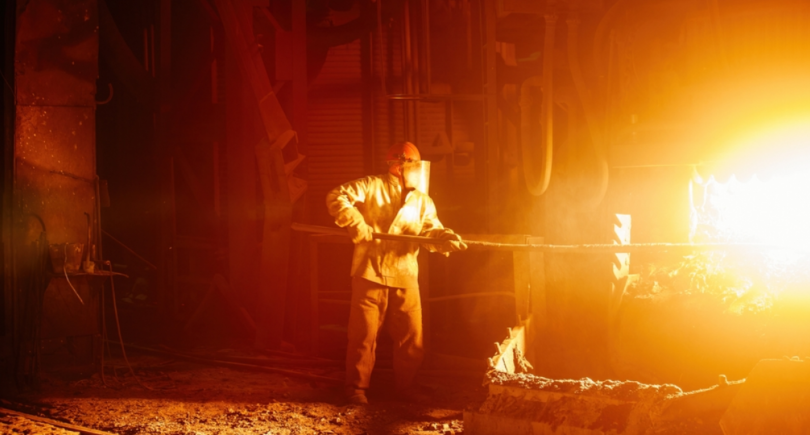
At the same time, sales of hot-rolled and cold-rolled flat products dropped by about 30–35%
In the first quarter of 2019, Ukraine’s wholesale turnover of basic metals (iron, pig iron, steel and ferroalloys) increased by 23.2%, up to UAH 25.15 billion, compared to the same period of the previous year. Turnover of metals sold to other wholesalers grew by 51.6%, up to UAH 11.95 billion, according to the State Statistics Service of Ukraine.
Trends in metal turnover in the first quarter of 2019:
- ferroalloys — UAH 1.07 billion (a 5.6 times increase);
- steel — UAH 247.5 million (–6.6%);
- hot-rolled flat products of clad, galvanized or coated steel, coated flat products of high-speed and silicon electrical steel — UAH 594 million (–10.2%);
- hot-rolled flat products — UAH 4.44 billion (–27%);
- cold-rolled flat products of 600 mm or more in width — UAH 1.63 billion (–35.5%);
- bars and rods, piles and structural elements of railway and tram tracks — UAH 6.35 billion (+24.2%);
- steel pipes, tubes, hollow profiles and fittings — UAH 5.67 billion (+42.8%);
- other primary steel products — UAH 1.85 billion (+64.2%).
Wholesale turnover of non-ferrous metals (aluminum, lead, zinc, tin, copper and others) amounted to UAH 1.2 billion in the first quarter, 32.2% down from the same period of the previous year.
The figures provided by the State Statistics Service have been partly confirmed by the market-based valuation.
According to Maksym Zhuravlyov, the Head of Metinvest’s Operational Marketing and Price Control Department, the capacity of the Ukrainian market of flat products declined by 8–9% in the first quarter. At the same time, consumption of hot-rolled steel sheets almost remained the same. The market capacity declined because of a drop in the consumption of hot-rolled plates, as well as cold-rolled and galvanized sheets.
“The decline in demand in the first quarter is partly due to the fact that in the same period of the previous year, the main retail chains, expecting a rise in prices, began to replenish product stocks before the traditional start of the season. This year, the price situation was more stable and there was no such need,” Maksym Zhuravlyov explained.
The market situation was also strongly influenced by a ban on import of certain types of Ukrainian goods to the Russian Federation, imposed in late 2018. This affected some engineering and agricultural equipment plants that exported their products to Russia. Besides, the Ukrainian market responded to the beginning of the electoral campaign. Some investors postponed their projects until the end of the campaign.




